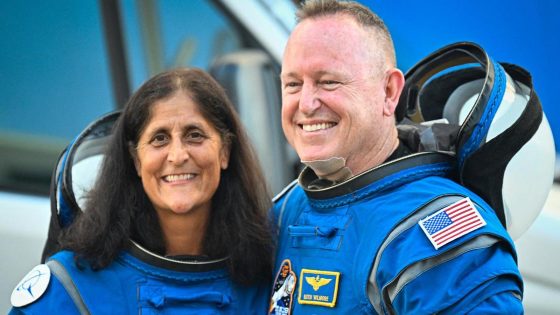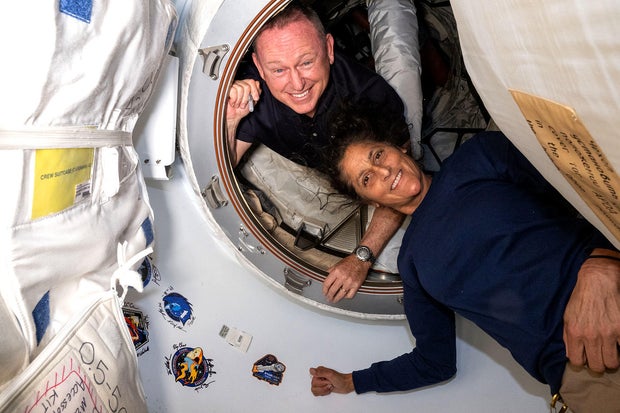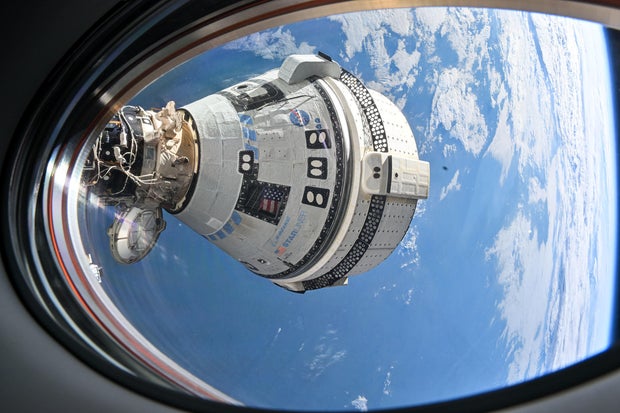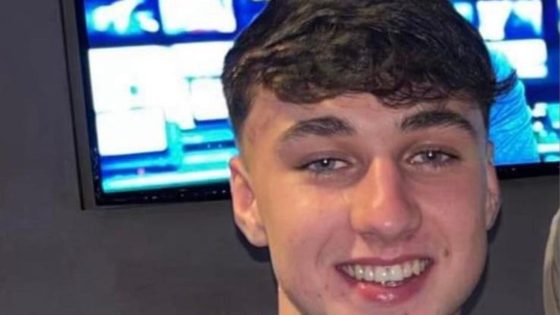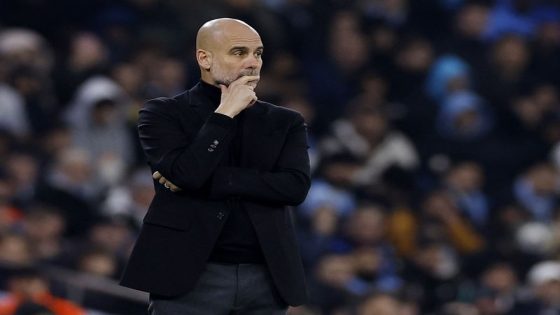After weeks of debate, NASA has ruled out bringing two astronauts back to Earth aboard Boeing’s Starliner capsule because of lingering concerns about multiple helium leaks and degraded thrusters, both critical to a successful re-entry, officials said Saturday.
Despite successful tests of the Starliner’s maneuvering thrusters, detailed analyses and confirmation the known propulsion system helium leaks are stable and have not worsened, NASA concluded there is no way to prove the systems will continue to operate normally, ensuring a safe de-orbit, re-entry and landing.
NASA
The decision means two of four “Crew 9” astronauts scheduled for launch to the International Space Station aboard a SpaceX Crew Dragon on Sept. 24 will give up their seats so Starliner commander Barry “Butch” Wilmore and co-pilot Sunita Williams can come home in their place next February.
“NASA has decided that Butch and Suni will return with Crew 9 next February and that Starliner will return uncrewed. I want you to know that Boeing has worked very hard with NASA to get the necessary data to make this decision,” NASA administrator Bill Nelson said. “The decision to bring the Starliner home uncrewed is a commitment to safety.”
Launched June 5, Wilmore and Williams, both veteran test pilots making their third visit to the space station, originally expected to spend a little more than a week at the lab in the Starliner’s first piloted test flight.
They will now spend at least 262 days in orbit — nearly nine months — before returning to Earth around Feb. 22 with the two Crew 9 fliers, who will log a normal six-month tour of duty.
In the process, Wilmore and Williams will become the first astronauts in history to fly in space aboard four different spacecraft: NASA’s space shuttle, Russia’s Soyuz, Boeing’s Starliner and SpaceX’s Crew Dragon.
The Starliner was launched with a known helium leak in the ship’s propulsion system. During rendezvous with the space station, four more leaks developed and five maneuvering thrusters exhibited degraded thrust.
NASA
NASA and Boeing spent the next two-and-a-half months carrying out tests and analyses to determine if the ship could be counted on to safely bring Wilmore and Williams home.
Boeing managers insisted the problems were understood and that NASA could, in fact, count on it to bring the crew members back to Earth. But in the end, NASA managers, reflecting a post-Columbia approach to risk management, decided to play it safe, nixing plans for a piloted Starliner re-entry.
The hard-luck Starliner now will be commanded to undock from the space station’s forward port as early as Sept. 6 to carry out an unpiloted re-entry and touchdown at White Sands, New Mexico, bringing the long-awaited test flight to a disappointing conclusion, the latest in a series of major setbacks for Boeing.
With the Starliner’s departure, only the four-seat Crew 8 capsule, which arrived at the lab last March, will be available to serve as a lifeboat if an emergency forces its four-member crew, along with Wilmore and Williams, to evacuate before the Crew 9 ferry ship arrives.
While the odds of an evacuation are remote, SpaceX will work with NASA and the station crew to rig makeshift seats in the Crew 8 Dragon before the Starliner’s undocking to accommodate Wilmore and Williams in an emergency.
Once the Crew 9 capsule docks, the four outgoing Crew 8 fliers, wrapping up their own six-month expedition, will reconfigure their ship for a normal undocking and return to Earth around Oct. 1 as planned. Wilmore and Williams will remain behind aboard the station with the two Crew 9 fliers launching Sept. 24.
Source Agencies

